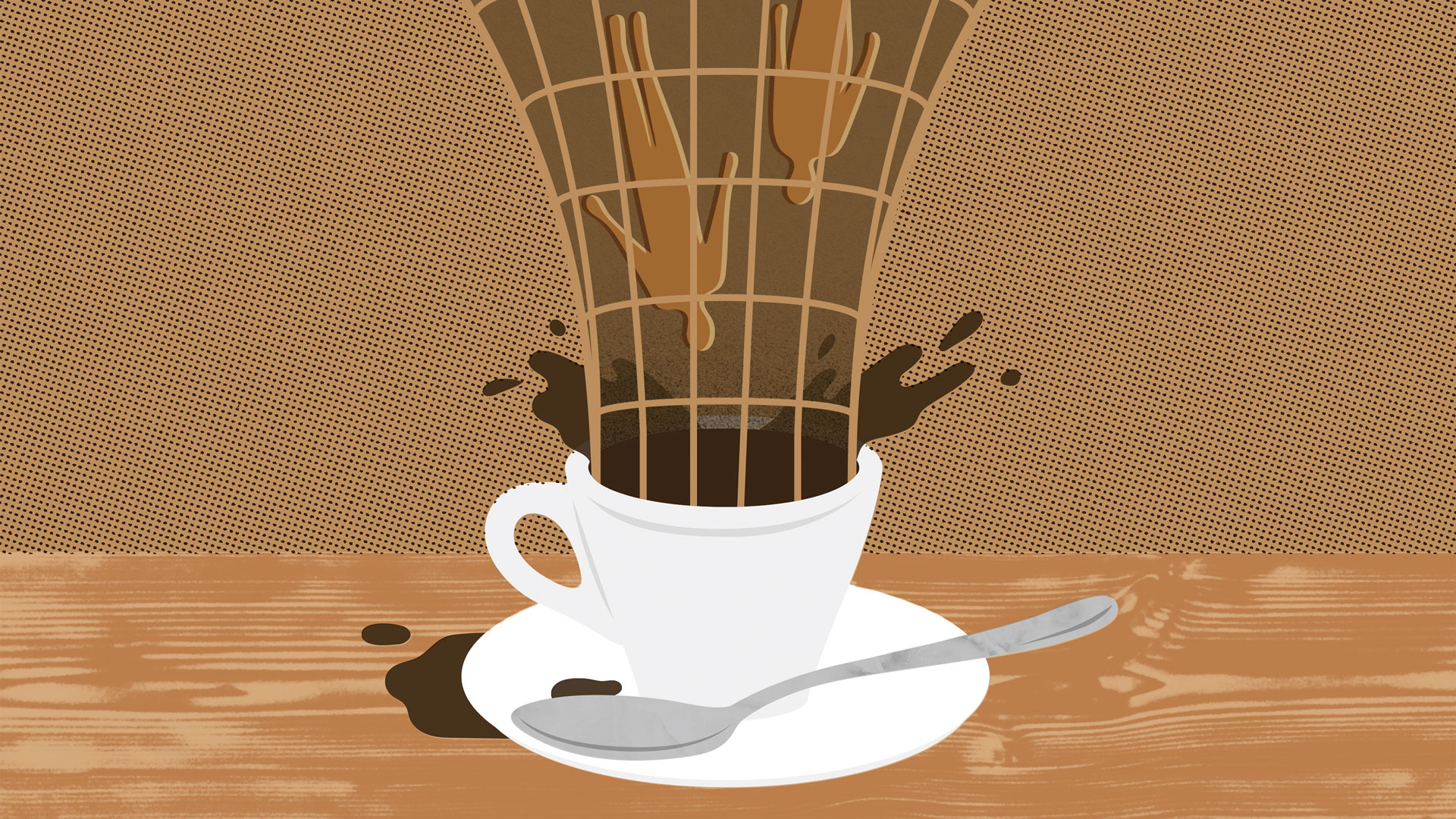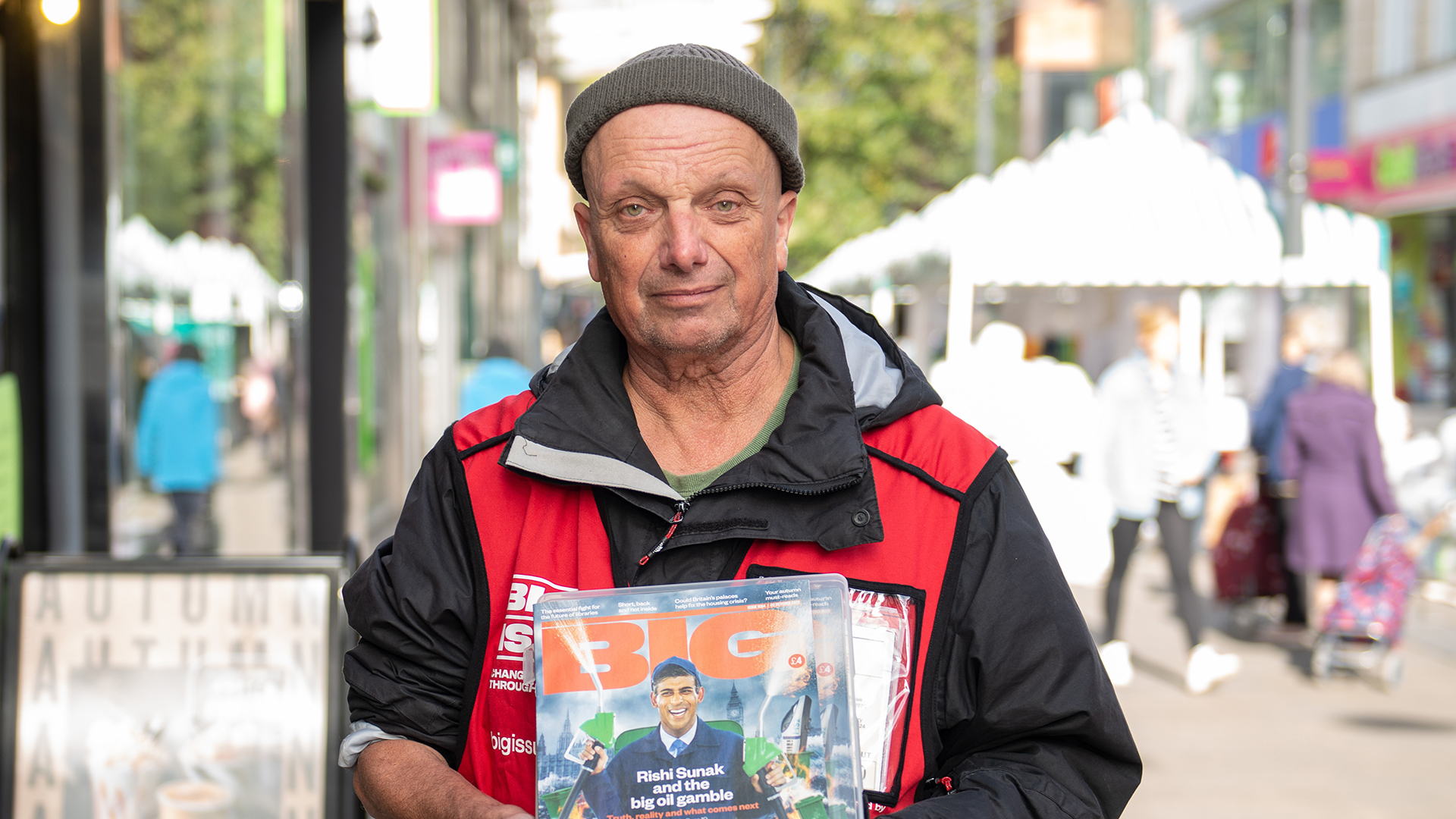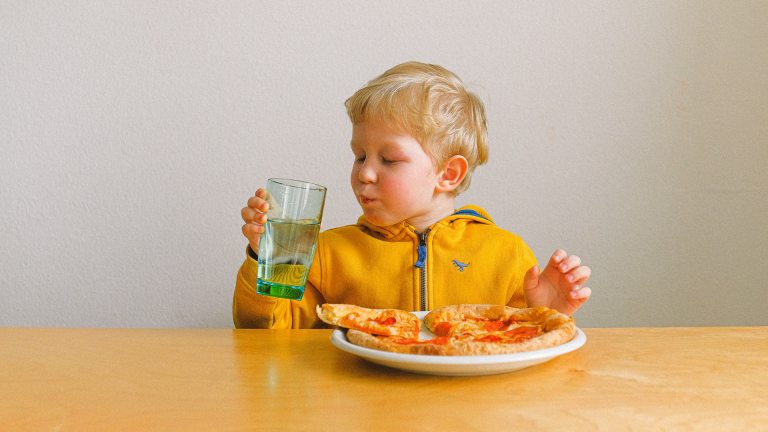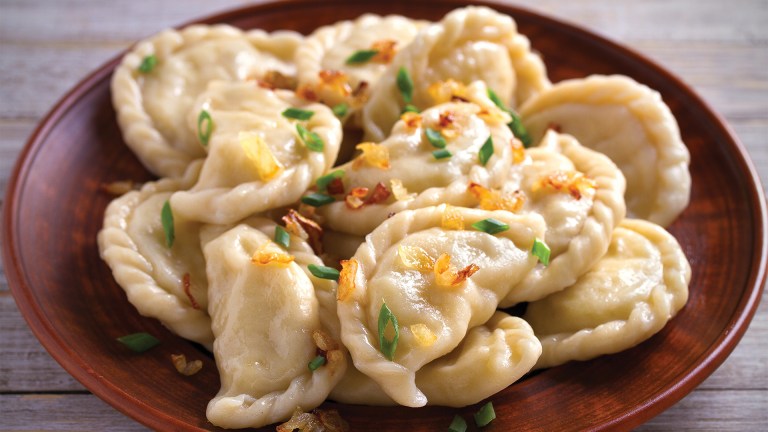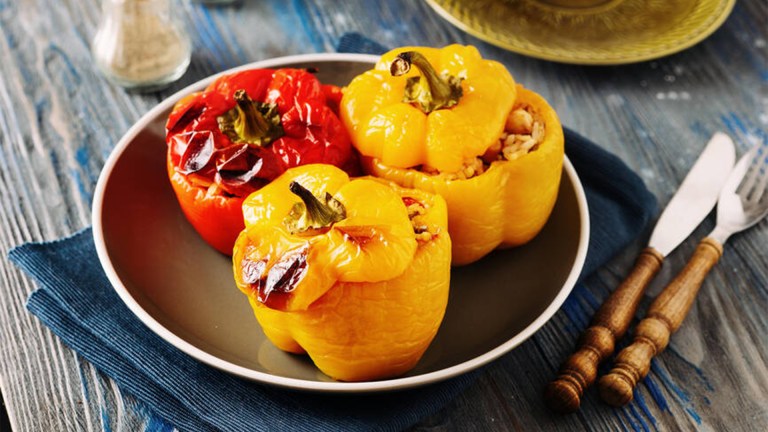After a morning in one of southwestern Ethiopia’s dense cloud forests, I returned to Bonga for lunch – and another coffee. With a pair of forest guides and a local forager, I had been slogging through the wet undergrowth among tall, skinny wild Arabica coffee trees – the source of that beloved hit of caffeine that was firing the sensors of my central nervous system.
These trees were the wild ancestors of Arabica (Coffea arabica), one of the two main species of coffee cultivated today. The other species is Robusta (Coffea canephora), with its natural distribution in the lowlands of West and Central Africa. Reaching 35ft in height, the Robusta tree is larger than its Arabica counterpart, and can grow in lower and more humid elevations. It is a hardier plant, with a high tolerance for a devastating fungus called coffee leaf rust and again many pests. Robusta also gives a stronger jolt of caffeine. Perhaps part of its tropical durability derives from that caffeine content, nearly double that of Arabica.
Our attraction to caffeine is clear. Less so is why caffeine was so important in nature. Among recent studies, the 2014 sequencing of the Robusta gene by a large international group of scientists has shed some light on how enzymes involved in making caffeine evolved. There are a handful of theories to explain why caffeine developed in coffee and other plants like tea, cacao, and the South American yerba mate plant, and all may be correct.
One theory is that caffeine, which accumulates in the leaves, acts as a pesticide that repels insects and deters herbivores. High doses of caffeine can be toxic for insects, and so their taste receptors have evolved so that they avoid it. We see a similar response when babies refuse green vegetables such as broccoli – in nature, a bitter taste is often a sign of poison.
A second theory argues that caffeinated plants are allelopathic, meaning they try to inhibit the growth of other species. When the leaves fall, the caffeine leaches into the soil and contaminates it, limiting, stunting, or even killing off competing species.
I prefer a third theory. The plants produce nectar so that insects will spread their pollen. Lacing it with low doses of caffeine might be a way to get them to remember the flower’s scent, encouraging pollinators to return and spread the pollen. This, in turn, diversifies the species even further.
